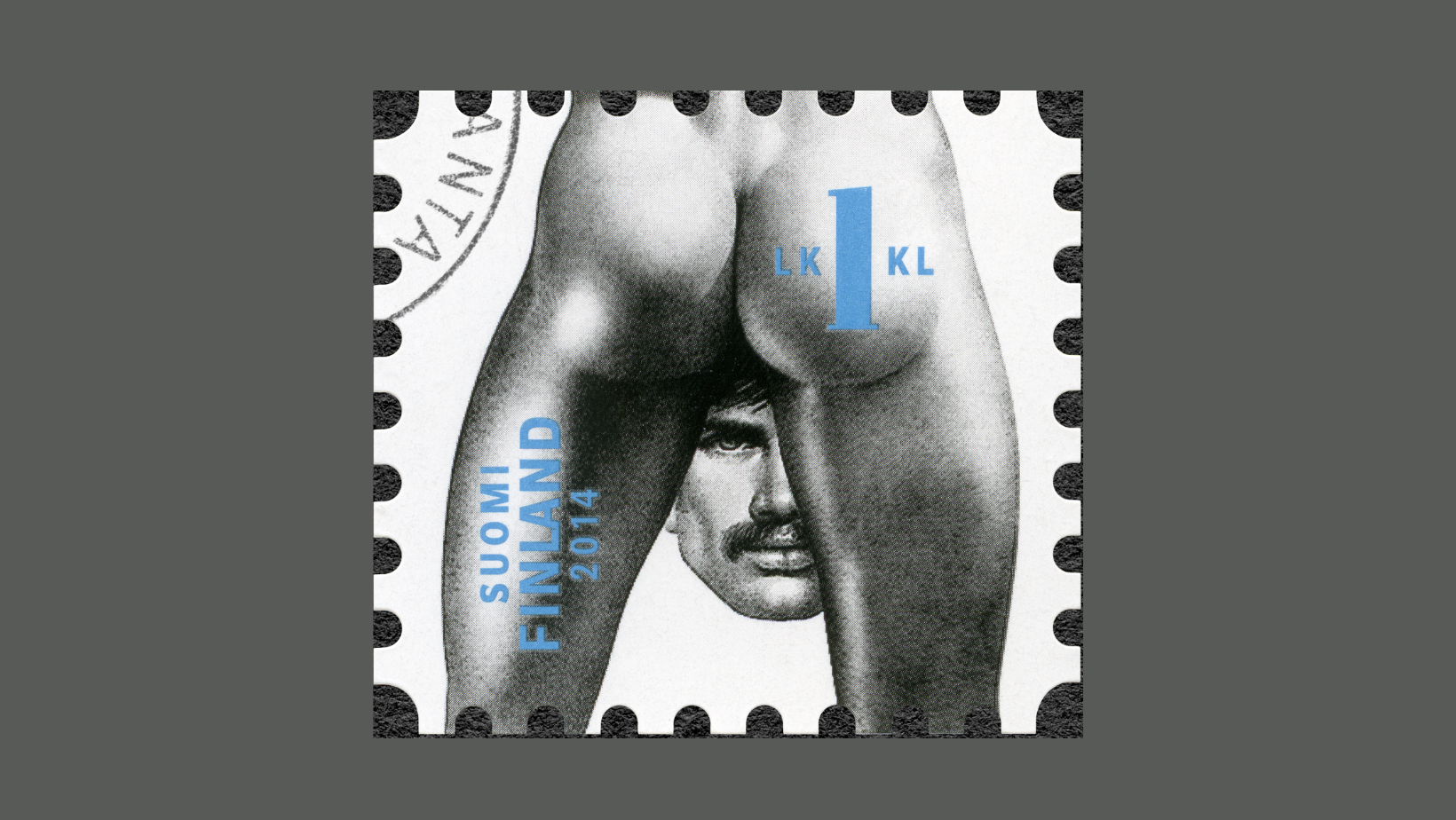Today, the name Tom of Finland is synonymous with the unashamedly homoerotic artwork that championed gay sexuality in times of censorship. The artist himself, however, remains something of a mystery, and that’s largely because his mainstream success was posthumous. To shed some light on the man behind the name, PinkNews spoke with Durk Dehner, co-founder of the Tom of Finland Foundation and close friend of the groundbreaking artist.
Tom of Finland’s real name was Touko Valio Laaksonen, and he was born in Finland in 1920. His experiences in the working class and within the Finnish military during WWII led him to reimagine the heterosexual ideal in images of laborers and soldiers. At the time, his depiction of confident and joyful homoeroticism contrasted the view of queer men as frail and sensitive and depressed.
View this post on Instagram
“Tom saw how homosexuals were not being provided with any positive role modeling, they were viewed as perverts, criminals, degenerates, as society’s outcasts,” Dehner told PinkNews.
“He made it his mission to see if he could affect change within the gay community by presenting his men in a positive, happy, well-adjusted [place]… Tom stole the male archetypes of the heterosexual alpha male and turned him queer.”
Although he clearly had an eye for artistic subversion, the fine art world dismissed his work. “[They] were giving Tom reviews that classified him as first a pornographer, then a bit later as an illustrator,” Dehner said. “They did not perceive what the content of his work was outside of horny drawings.
“They did not see that he was creating a vision for his fellow homosexuals to relate to.”
View this post on Instagram
In the postwar period, censorship of queer materials in the US ramped up. In 1962, the Supreme Court case MANual Enterprises v Day paved the way for the softcore porn magazine industry by ruling that nude male images are not necessarily obscene. Laaksonen’s work became much more overt, and by the 1970s, he had a substantial gay following.
“I got to witness long lines of young men who stood so patiently so they could look him right in the eye and shake his hand and thank him for giving them a positive image of how they could be happy and well-adjusted,” recalled Dehner.
“I realized right then that he was not just a good artist, he had actually changed the way people viewed themselves. He changed the way things were then and now.”
View this post on Instagram
Near the end of his life, the art world would start to catch up. “During the ’80s, he went from being an illustrator to being a respected draftsman and that flowed over into being called a fine artist,” Dehner recalled. “It was not until the early 2000s that the words ‘master draftsman’ and master artist’ were used about him.”
Laaksonen passed away in 1991 at the age of 71, leaving behind a substantial body of work that inspired a generation of gay men. Today, his work still has the power to inspire. “He does not go out of style because he represents mankind in a sexual enlightenment,” said Dehner, adding that in the end, “Tom was and is our father, the father we did not have.”
Don't forget to share:
Help make sure LGBTQ+ stories are being told...
We can't rely on mainstream media to tell our stories. That's why we don't lock our articles behind a paywall. Will you support our mission with a contribution today?
Cancel anytime · Proudly LGBTQ+ owned and operated
Read More in Culture
The Latest on INTO
Subscribe to get a twice-weekly dose of queer news, updates, and insights from the INTO team.
in Your Inbox













